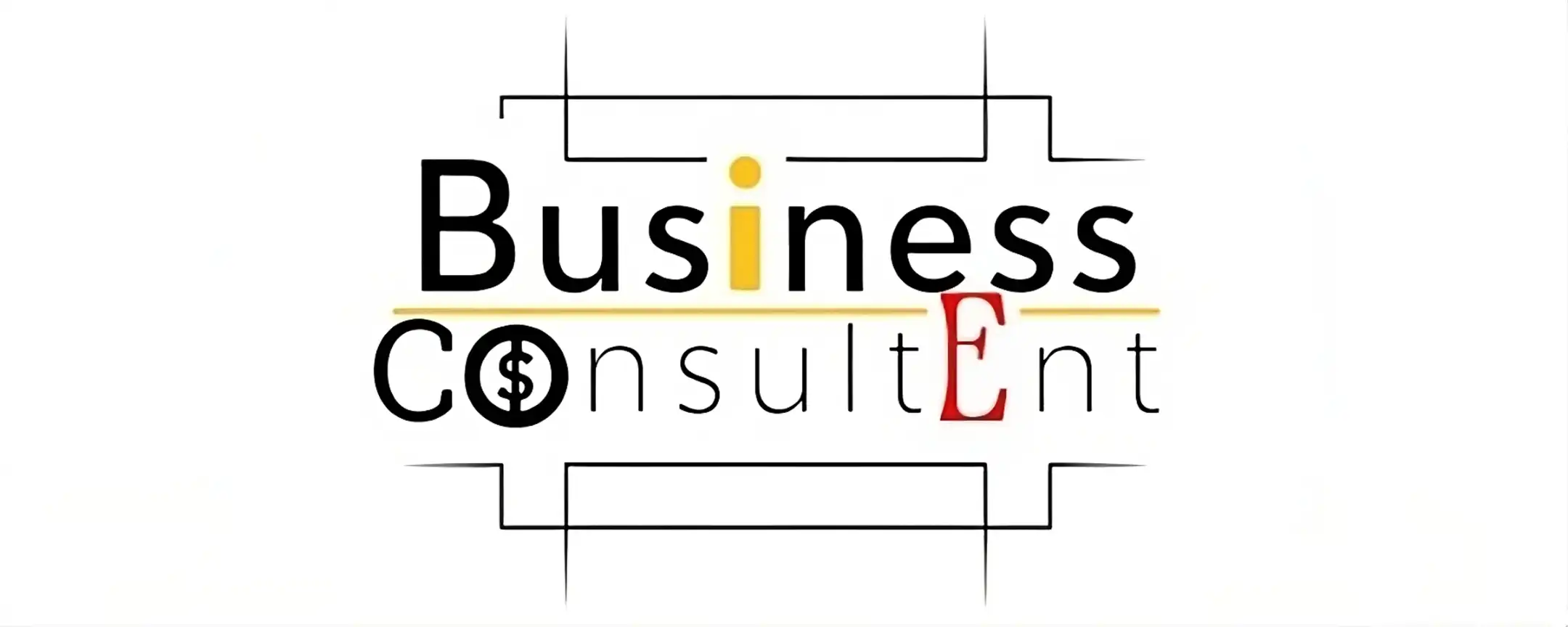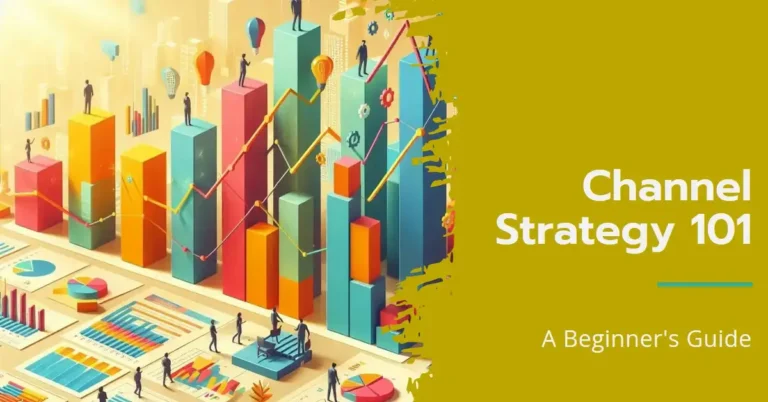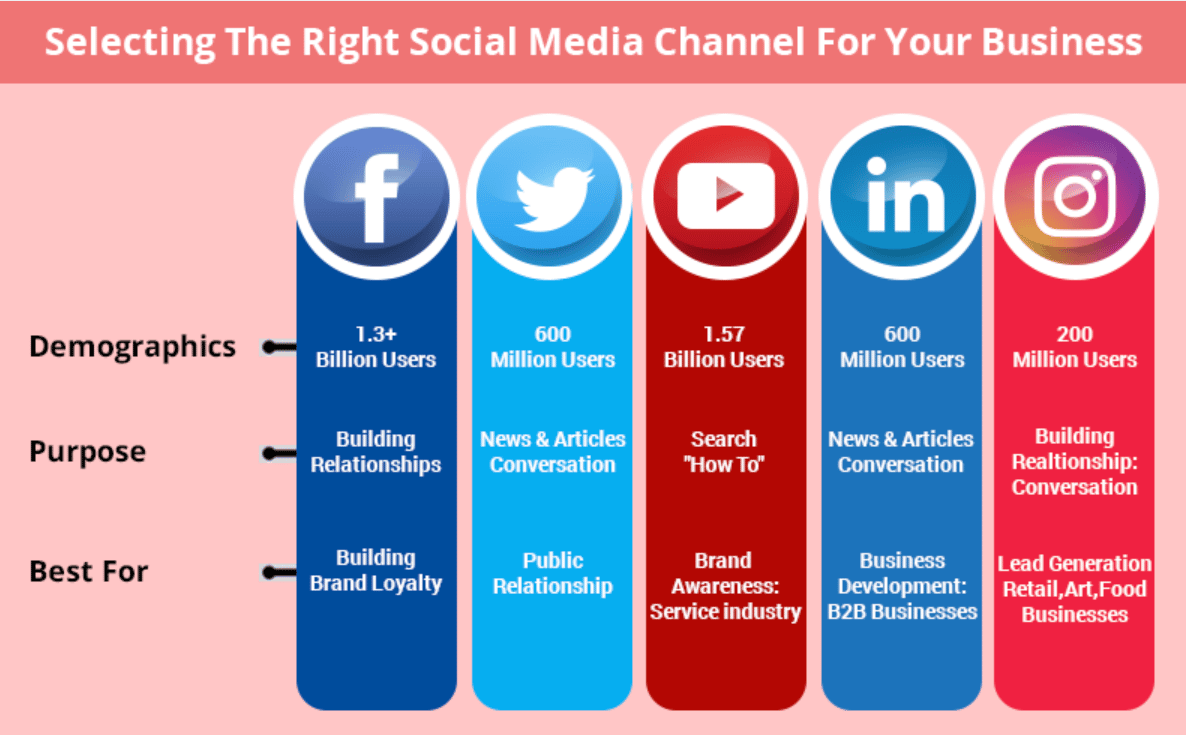Do you know how products reach stores? This process is called channel strategy. It helps businesses get their products to customers. Let’s dive in and learn more!

Understanding Channel Strategy
A channel strategy is a plan. It helps businesses decide how to sell and deliver products. This strategy includes many paths. These paths are called channels.
Types Of Channels
There are many types of channels. Here are some common ones:
- Direct Sales: The company sells products directly to customers.
- Retailers: Stores that sell products to customers.
- Wholesalers: They buy products in bulk and sell them to retailers.
- Online Stores: Websites where customers can buy products.
- Distributors: Companies that distribute products to various channels.
Why Is Channel Strategy Important?
Channel strategy is important for many reasons. It helps businesses reach more customers. It also helps in managing costs and improving efficiency. Let’s see why it is crucial.
Reaching More Customers
Different customers prefer different channels. Some like shopping online. Others prefer going to stores. By using various channels, businesses can reach more people.
Managing Costs
Selling products can be expensive. Using the right channel can save money. For example, selling directly can avoid extra costs.
Improving Efficiency
Efficient channels help deliver products faster. This makes customers happy. Happy customers are more likely to buy again.
How to Develop a Channel Strategy
Developing a channel strategy takes planning. Here are the steps to create one:
1. Know Your Customers
First, understand who your customers are. Know what they like and where they shop. This information will guide your strategy.
2. Choose The Right Channels
Next, choose the best channels for your products. Think about where your customers are. Select channels that will reach them.
3. Set Clear Goals
Set clear goals for your channel strategy. These goals could be more sales or better customer service. Clear goals help you measure success.
4. Build Strong Relationships
Build strong relationships with your channel partners. Good relationships help in smooth operations. They also lead to better results.
5. Monitor And Improve
Finally, keep an eye on your channels. See what works and what doesn’t. Make improvements to keep your strategy effective.

Benefits of a Good Channel Strategy
A good channel strategy offers many benefits. Let’s see some of them:
Increased Sales
Reaching more customers often leads to more sales. Using multiple channels can boost your sales numbers.
Better Customer Experience
Customers like convenience. A good strategy offers them many ways to buy. This improves their experience.
Stronger Brand Presence
Being present in many channels strengthens your brand. Customers see your products more often. This builds brand awareness.
Competitive Advantage
A well-planned strategy can give you an edge over competitors. It helps you stay ahead in the market.
Challenges in Channel Strategy
Developing a channel strategy is not always easy. There are challenges to overcome. Here are some common ones:
Channel Conflict
Sometimes, channels compete with each other. This can lead to conflicts. Managing these conflicts is crucial.
High Costs
Some channels can be expensive. Balancing costs while reaching customers is a challenge.
Maintaining Quality
Ensuring product quality across channels is important. Different channels may have different standards.
Adapting To Changes
The market keeps changing. Adapting your strategy to these changes is necessary. Staying flexible helps in long-term success.

Frequently Asked Questions
What Is A Channel Strategy?
A channel strategy is a plan to reach customers through various sales channels.
Why Is Channel Strategy Important?
Channel strategy ensures efficient product distribution and maximizes market reach.
How To Develop A Channel Strategy?
Identify target audience, choose channels, and align with business goals.
What Are Types Of Sales Channels?
Sales channels include direct, indirect, and hybrid models.
How To Choose Sales Channels?
Analyze customer preferences, market trends, and your product type.
What Is A Direct Sales Channel?
A direct sales channel involves selling products directly to consumers.
What Is An Indirect Sales Channel?
An indirect sales channel uses intermediaries like retailers or distributors.
How To Measure Channel Strategy Success?
Track metrics like sales volume, customer satisfaction, and channel performance.
Conclusion
Channel strategy is vital for business growth. It helps in reaching more customers, managing costs, and improving efficiency. By understanding your customers and choosing the right channels, you can develop a successful strategy. Remember to set clear goals, build strong relationships, and monitor your strategy regularly. This will lead to increased sales, better customer experience, stronger brand presence, and a competitive advantage. While there are challenges, with careful planning and flexibility, you can overcome them. A good channel strategy is a roadmap to success in the business world.
Related Content
Video Marketing Tips: Boost Engagement & ROI Now!
How to Run an Effective Sales Contest: Boost Performance Now!
Customers Vs. Consumers: Unveiling Key Differences
Sales Benchmarks 2024: Elevate Your Targets!
Sales Closing Curveballs: Overcome Objections & Seal Deals
Psychology of Ecommerce Sales: Noble Edge Strategies to Boost Revenue



